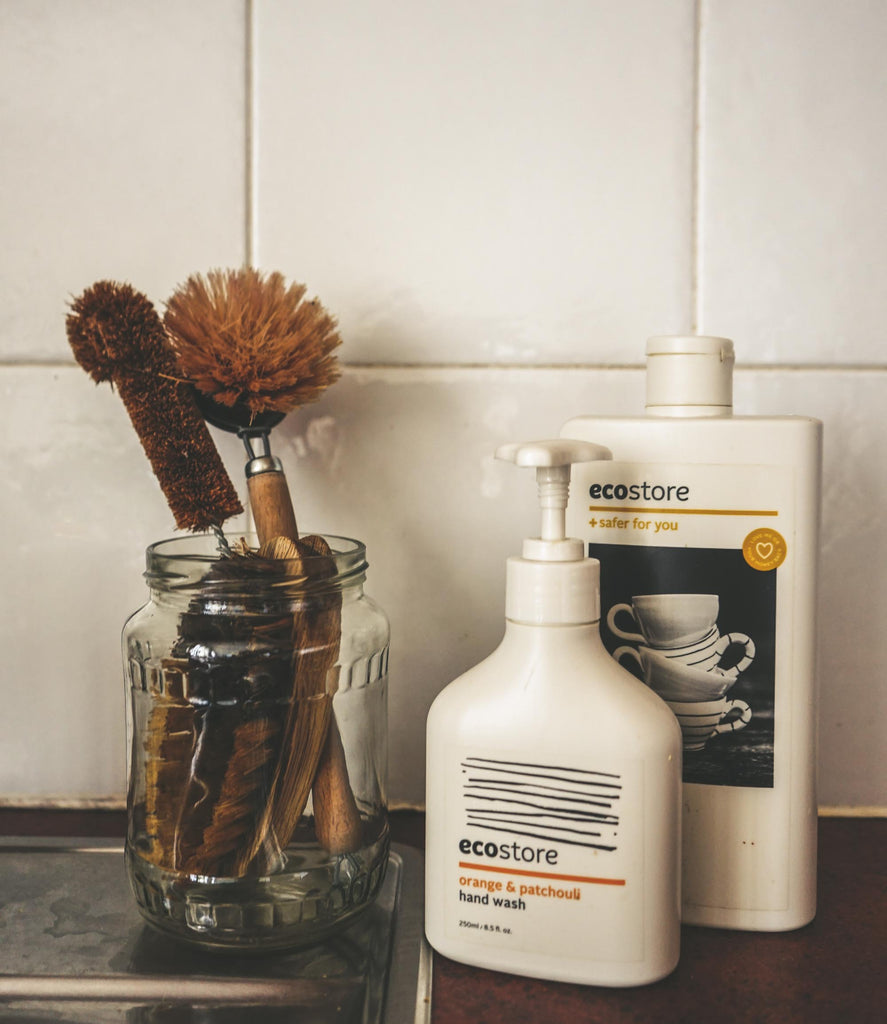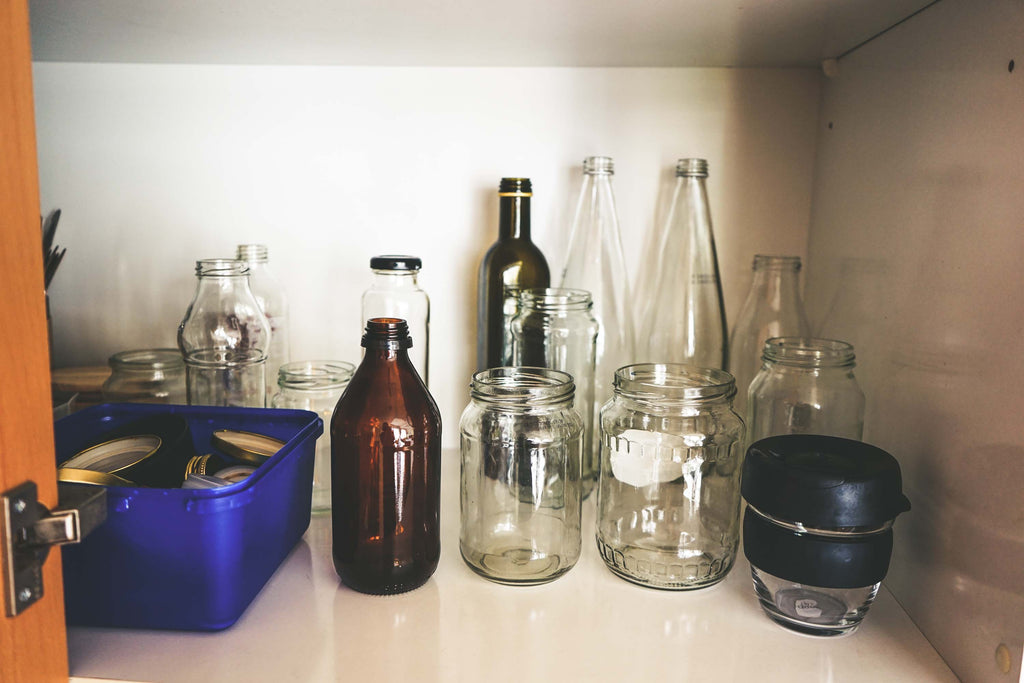Sorry, I haven’t shared a blog post in a while, life has been so busy, and several things have come up distracting me from writing. A typical blog post is inspired by an experience and I haven’t had much inspiration until now.
If you missed it, I briefly did an interview on Breakfast TV a few weeks ago, where I was talking about plastic waste in the kitchen, and this experience inspired me to write this blog post. I got an email asking me if I would like to talk about how much of an issue plastic in the kitchen is, and what some alternatives are. Of course, I was going to say yes regardless of how nervous I was feeling.
Talking about plastic waste and what we can do to reduce it is a conversation I am always up for. The more we talk about it, the more we highlight the issue and more chance we have of inspiring others and creating a mindset change. Hopefully, this will eventually lead to industry change and responsibility.

So how much of an issue is plastic in the kitchen? Massive! I think it is just as big an issue as single-use disposable items, like coffee cups, plastic water bottles and straws. We just don’t talk about it as much because it’s harder to manage. The Kitchen is the area in your home where you will produce most of your plastic waste.
The biggest culprit, of course, is food packaging! Pretty much everything you buy from the supermarket is in some form of packaging, the majority being plastic. Next time you are in the supermarket have a look in your trolley, how much of it plastic? Have a look in your rubbish bin or recycling bin, how much of it is plastic? In our house, it’s a very tiny amount, but we have been working hard on this change for over a year now.
Then there are the “convenient” disposable food storage solutions, such as cling film and ziplock bags, and your kitchen cleaning items, such as dish brushes, dishwashing tablets wrapped in plastic (what a waste), dishwashing liquid and cleaning sprays which all come in plastic packaging. Keeping in mind recycling these items is either not possible or not being done properly, so they too become plastic waste.

So where can we start and what are the alternatives?
One of my favourite ways to reduce plastic is by using glass jars, which we have a lot of. We use them to buy unpackaged food from our local bulk food store. I even store loose salads leaves in the larger jars, which I have found keeps them fresher for longer. You can use them to store leftovers and lunches and to store food in the freezer. I’ve even used them for the odd smoothie!
Next, you have Beeswax Wraps, these are a great alternative to cling film. They are great to store cheese and butter, wrapping lunches and keeping cut vegetables fresh. I can keep a half-cut avocado in the fridge for a week using one of these, and only need to cut a thin layer off before eating. We have even taken these to markets where we can get package free cheese!
Then there are the produce bags. We have a large collection of Rethink and Eco Saint bags. We mainly use these to buy package free produce from our local market or supermarket, but we also use them to store food in the fridge - being fabric, and not made from plastic, allows the vegetables to breathe rather than being suffocated by the packaging, this helps keep them fresher for longer which reduces food waste. We also take these to the bakery to buy unpackaged bread and store it in the freezer or pantry.

We have also replaced a lot of our kitchen cleaning products with plastic-free alternatives (once the old ones had reached their end of life of course). We use wood and natural fibre dish brushes, bulk buy dishwashing liquid for use in reusable bottles, buy EcoStore dishwashing tablets which aren’t individually wrapped in plastic, and even make our own kitchen spray!
A question that gets asked often is “A lot of people complain about the cost of being environmentally friendly - how much do these things cost?” My first thought is being environmentally friendly doesn’t have to be expensive, and it shouldn’t be.
It’s important to remember we should use what we have first rather than going out and buying all new eco-friendly products, regardless if it is plastic or not. If you don’t have anything then buy second hand where you can, this saves you money and reduces waste.
Most of my glass jars are old food containers, like pickles, jam or mayo jars. So, really, they cost nothing as you already have them. You can also collect them from friends and family. Then I have topped up our collection with jars from 2nd hand shops. The only new Jars I have brought are a set of spice jars and a few large ones from Packageless Pad.
Beeswax Wraps can be a bit more pricey, as a 3 pack can cost around $30. However, you can also make your own, which is what I have done - you can easily make 6 to 8 of your own beeswax wraps for between $15 and $30, depending on the recipe you choose. Our recipe available here uses three ingredients so it costs a bit more than if you use just beeswax. The wraps can last around 6 months, depending on how you care for them.
And lastly, we have produce bags. There are so many on the market and they range in price and include your more mainstream organic cotton bags or individuals making them from leftover fabric. The bags I had on the show were from Eco Saint, where a 3 pack costs $20. You can also make your own reusable produce bags from leftover fabric, including old clothes, which can be a great activity for the kids.
The best way to reduce plastic waste at home if you aren’t already doing so is to start with something you find manageable, it doesn’t matter how big or small that change is, as it still makes a difference. Then when you are comfortable and confident with that change, move on to another, and it will grow from there.





